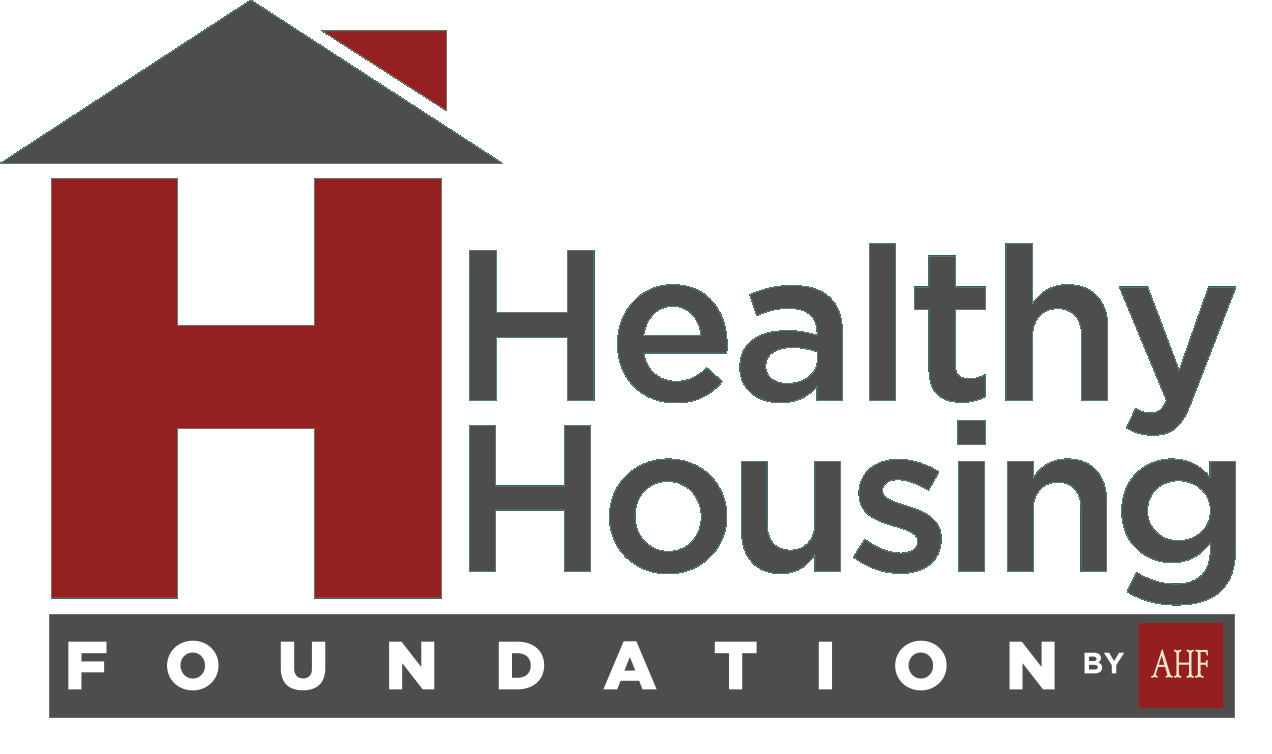by Paul Owers Contact Reporter, Sun Sentinel
South Florida’s affordable rent crunch isn’t just bleak. It’s the worst in the country – again.
Nearly two of three renters in Palm Beach, Broward and Miami-Dade counties are devoting more than 30 percent of their incomes to housing costs, according to a report Friday from the Joint Center for Housing Studies at Harvard University.
The analysis also reveals that more than a third of renters in the region — 304,200 households — are “severely burdened,” spending more than half of their incomes on housing.
South Florida has had the highest shares in both categories for at least the past four years, the center said.
“That’s just not sustainable from an economic perspective and a quality of life perspective,” said Edward “Ned” Murray, associate director of the Metropolitan Center at Florida International University.
Tepid wage growth, higher land and construction costs, increased demand for rentals and rising home values all have contributed to the affordable housing situation in South Florida, experts say.
“The [South Florida] metro has above-average housing costs and below-average incomes,” said Daniel McCue, a senior research associate for the Harvard center. “The lack of affordable housing is a growing concern.”
While South Florida’s rental housing stock has increased 24 percent in the past 10 years, the share of units renting for $1,000 a month or less has declined by 12 percent, the Harvard study found.
And it’s not just renters who are struggling. The report shows that more than a third of owner households in South Florida are exceeding 30 percent of their incomes when it comes to mortgage costs and related expenses. Only New York, Los Angeles and Bridgeport, Conn., are worse.
The rule of thumb is that consumers should spend no more than 30 percent of their incomes on housing costs, analysts say.
When middle income workers spend too much on housing, it likely means they don’t have enough money for other necessities, said Jaimie Ross, CEO of the Florida Housing Coalition, a nonprofit group that promotes affordable housing.
“They may not be able to get all the medications they need or the healthiest food they should be eating,” Ross said. “And they don’t have access to opportunities to improve their economic situation in life.”
For extremely low income workers, high housing costs often lead to homelessness, which can be life-threatening, Ross said.
The affordability findings in the Harvard report are based on 2015 data, the most recent available.
In recent months, elected officials, business leaders and housing experts have brainstormed at housing summits in Broward and Palm Beach counties. On Wednesday, Fort Lauderdale officials discussed an affordable housing policy for the downtown.
Proposed solutions include waiving building fees and granting tax incentives for workforce housing projects; allowing higher density for developers who cap rents; and building close to mass transit hubs so workers can save on transportation costs.
FIU’s Murray is a proponent of aggressive land acquisition by local governments, which could then require developers to build projects that include affordable housing.
“Wow. What leverage that is,” Murray said.
Mikhail Guseynov rents a two-bedroom apartment in Boca Raton, near Florida Atlantic University, where he is a graduate business student and a graduate teaching assistant.
Without the teaching position and the tuition waiver it provides, Guseynov, 22, said he wouldn’t be able to afford his $1,500-a-month apartment. As it is, he splits costs with a roommate and gets help from his parents to help make ends meet.
“People definitely have to hussle here to keep a roof over their heads,” he said.
Still, Guseynov said he doesn’t mind the high rents, which he considers the price of having access to major employment centers that will help him launch his career.
“This area is full of people and full of opportunities,” he said.

